Finding the best phones for music in 2020 is a little tricky when many high-end phones don’t have headphones jacks. But the good news is th...
Finding the best phones for music in 2020 is a little tricky when many high-end phones don’t have headphones jacks. But the good news is that some still do, and even those that don’t can still have superior mobile audio.
The audio you’re after might also not be headphone based, and the phones we’ve ranked here also have decent speaker set-ups if you want to use your phone as a radio or podcast player in the kitchen.
Bluetooth audio is becoming the norm for many of us now, so we’ve also taken into account which phones are for this, even though every phone is capable of it. With most phones you can also use a USB-C or Lightning adapter to plug in regular headphones, but that adapter might not come with the phone.
The LG V60 is our current best phone for music pick because of its superior headphone jack. But there’s also great audio choices from Samsung, Apple, Google, Sony and Razer to choose from depending on your budget and needs.
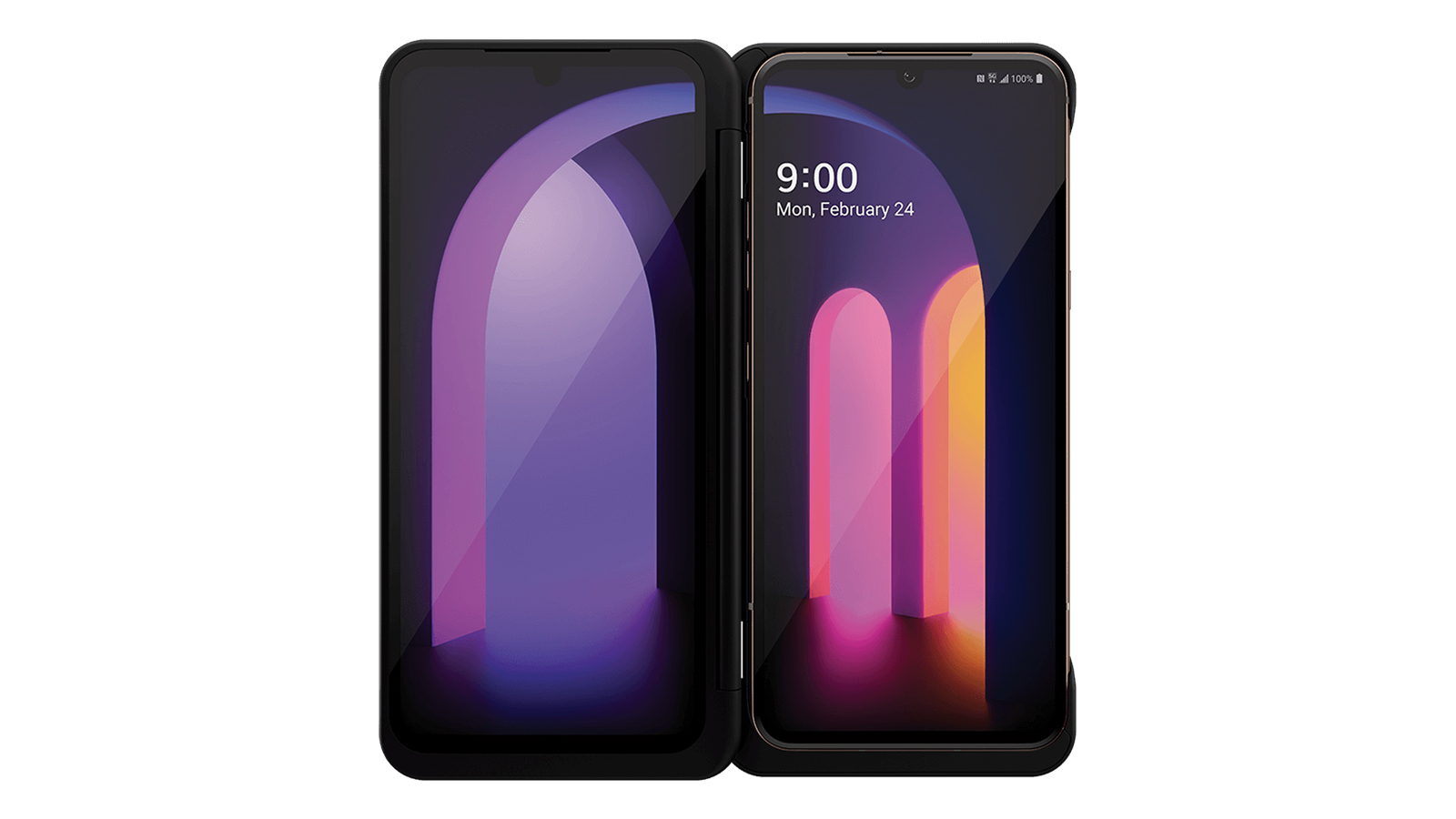
1. LG V60 ThinQ
The best headphone jack on a phone
Release date: March 2020 | Weight: 218g | Dimensions: 169.3 x 77.6 x 8.9 mm | OS: Android 10 | Screen size: 6.8-inch | Resolution: 1080 x 2460 | CPU: Snapdragon 865 | RAM: 8GB | Storage: 128GB | Battery: 5,000mAh | Rear camera: Dual 16MP + 13MP | Front camera: 10MP
While it may not be as popular with consumers or tech press as its Korean rival Samsung, LG is the leading smartphone manufacturer when it comes to wired audio. The LG V60 still has a headphone jack unlike many competing high-end flagships which already makes it better, but the company also includes a Quad-DAC (digital-to-analog) component that drives the audio to an even better level of detail.
What’s the point? Does this somehow make the sound four times better, or louder? Not quite. The DAC turns the digital signal into the analog one your headphone drivers can be fed. Bluetooth headphones have a DAC, even some USB-C to 3.5mm cables do.
The LG V60 has a ‘quad’ DAC because it lets the phone analyze the digital signal four times in parallel. These four interpretations are then combined and cross-checked, to eliminate errors. This in turn increases the signal-to-noise ratio, giving us purer sound.
It also has an unusually powerful headphone amp that, when used in the Quad DAC mode, offers higher volume output than most. This is useful for naturally quieter headphones.
We tested the V60 with high quality in-ear and over-ear headphones and the audio quality is much improved over other wired smartphone outputs, as well as wireless. The external dual stereo speakers aren’t the best on the market, but with wired audio this good, it doesn’t matter to us.
LG also does a whole bunch else with its tech, incorporating the most wonderfully geeky sound customization of any phone. You can alter the ‘digital filter’, which changes the shape of the impulse response. This is like EQ that affects the character of the sound stage rather than the tonal make-up.
There’s normal parametric EQ too, and a DTS:X 3D Surround mode. But we don’t recommend the latter for music.
Read our full LG V60 ThinQ review
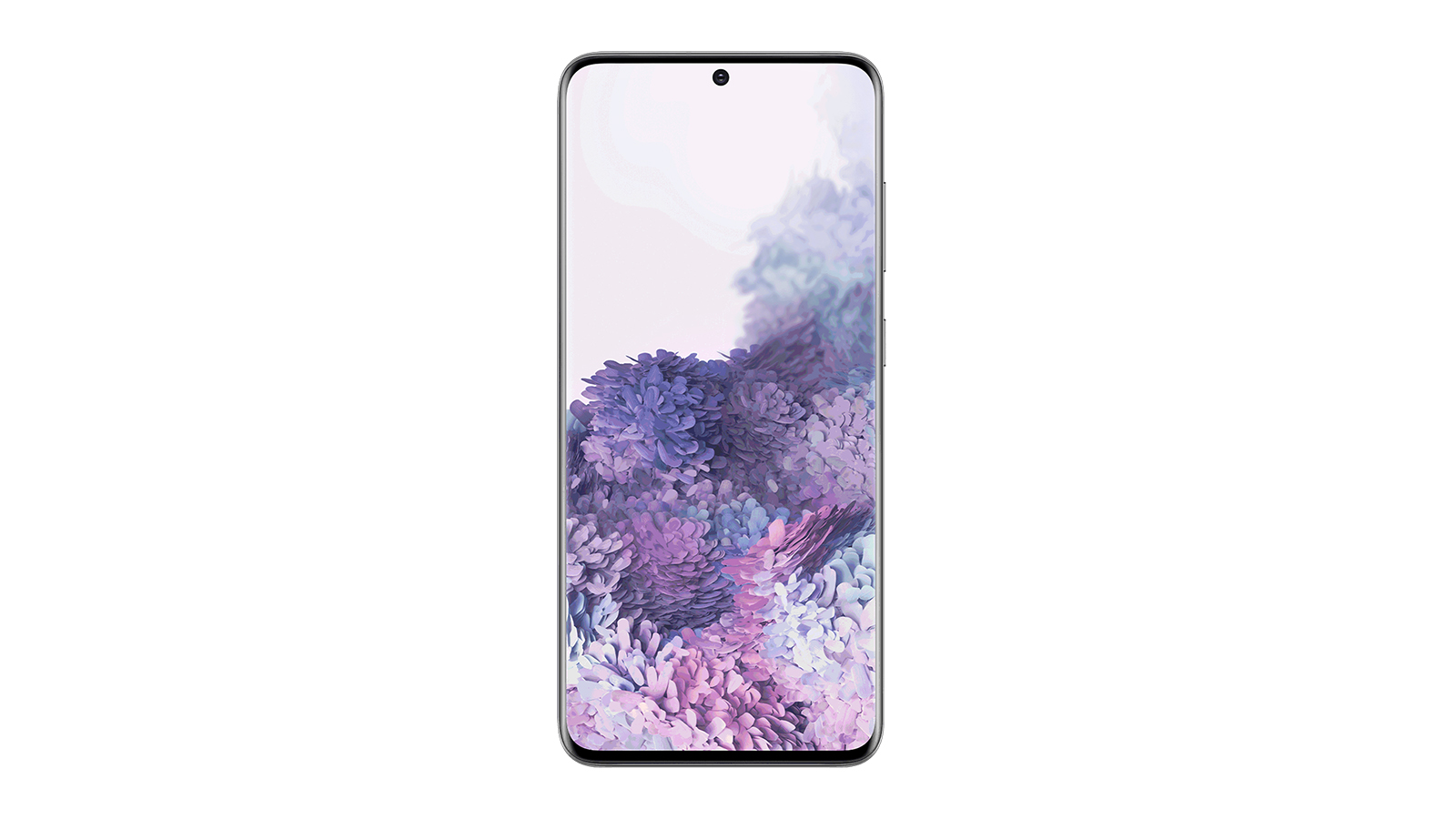
2. Samsung Galaxy S20
Superb USB-C and wireless audio
Release date: March 2020 | Weight: 163g | Dimensions: 151.7 x 69.1 x 7.9mm | OS: Android 10 | Screen size: 6.2-inch | Resolution: 1440 x 3200 | CPU: Snapdragon 865 / Exynos 990 | RAM: 8GB/12GB | Storage: 128GB | Battery: 4,000mAh | Rear camera: 12MP + 64MP + 12MP | Front camera: 10MP
Samsung slips to second place in 2020 thanks to the loss of the headphone jack. That doesn’t mean it loses many of its audio chops, but it does mean that LG bests Samsung for pure sound quality through wired headphones.
Samsung puts a pair of in-ear AKG-tuned USB-C earbuds in the box with the Galaxy S20 and S20 Plus and they’re very good for a bundled set but a little thin on some details. Samsung doesn’t ship the phone with a 3.5mm headphone jack dongle, so you’ll have to fork out $14.99 for one if you don’t want to go wireless.
The S20’s all around sound reproduction is above average though thanks to some beefed up internals, and it can even support ultra-high-end formats like DSD 64/128 and 32-bit PCM. But, no, you won’t find that on Spotify.
The phone also has Dolby Atmos audio. In the cinema this usually means there are speakers across the ceiling for advanced spatial audio. At home it might mean having extra ‘height channel’ speakers. In a phone it involves psychoacoustic processing used to increase the sense of size and scale in audio.
We find it works better for movies than music when using headphones, though, as it can also add a little too much weight to the mid-bass, and this may clog up the separation in a high-performing headphone. When we review headphones, we turn off all these sound-coloring extras. But trust your ears on this one and use whatever makes your tunes more fun and engaging.
The Samsung Galaxy S20’s speakers are good too, with plummy-sounding lower mids that give podcasts, lower register vocals and bass instruments a bit more weight. They also benefit from Dolby Atmos enhancement, and you can tweak the sound with a few different Dolby modes.
Read our full Samsung Galaxy S20 review

3. iPhone 11 Pro
A good all-rounder with strong speakers
Release date: September 2019 | Weight: 188g | Dimensions: 144 x 71.4 x 8.1mm | OS: iOS 13 | Screen size: 5.8-inch | Resolution: 1125 × 2436 | CPU: Apple A13 Bionic | RAM: 4GB | Storage: 64/256/512GB | Battery: 3,046mAh | Rear camera: 12MP + 12MP + 12MP | Front camera: 12MP
Don’t groan. The iPhone has always been a great choice for audio, even if moving your music files to one has never been as easy has it has on Android.
The iPhone 11 Pro’s excellent speakers are the main draw here, as well as the bespoke wireless experience you get when you buy a pair of headphones with an Apple H1 or W1 chipset. This include the Beats Solo Pro and Apple’s own AirPods Pro (yes, we know Apple owns Beats too these days).
The pairing experience is cleaner, and wireless stability is generally flawless.
The Apple iPhone 11 Pro's internal speakers have stereo drivers for a more immersive experience and are auto-enhanced with Dolby Atmos. This helps make the sound seem much wider, and more expansive.
Earlier in this article we were a bit sniffy about using Atmos for high-quality headphones, but it can work wonders for much more limited phone speakers.
How about the headphone output? Well, there isn’t one really. The Lightning port does not have an analog audio output. It fires out the digital signal as-is, leaving the job of audio quality to your headphones.
Even the Lightning to 3.5mm cable you may end up buying to use your old favorite earphones has its own DAC chip, so choose your headphones wisely.
Read our full iPhone 11 Pro review
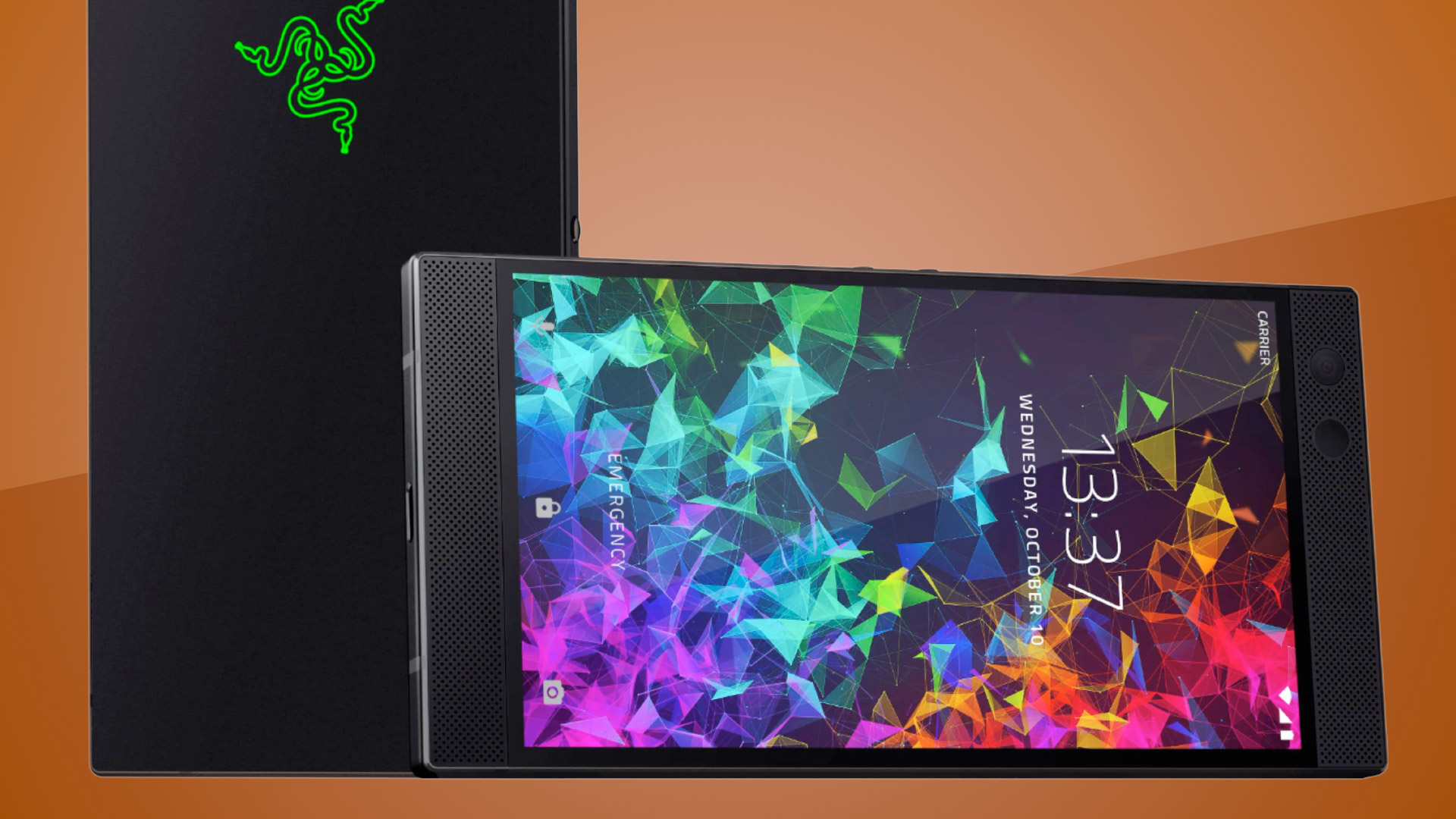
4. Razer Phone 2
A phone with serious volume
Release date: October 2018 | Weight: 220g | Dimensions: 158.5 x 79 x 8.5mm | OS: Android 9 | Screen size: 5.72-inch | Resolution: 1440 x 2560 | CPU: Snapdragon 845 | RAM: 8GB | Storage: 64GB | Battery: 4,000mAh | Rear camera: 12MP + 12MP | Front camera: 8MP
The Razer Phone 2 is one of the masters of flat-out loud phone speakers, alongside its arch-rival the Asus ROG Phone 2.
There’s space above and below the screen to allow for more room for these speakers. And both of them sit on the front, rather than using the common strategy of having one on the bottom, one up front.
Driver size isn’t actually the crucial bit here, but rather an extra chunk of cabinet space in the plastic speaker enclosure. Sometimes all you need is a little fresh air to let the sound breathe.
At maximum volume, the Razer Phone 2 doesn’t exactly sound super-relaxed and unstrained. But when it’s competing with the noise of your showering or frying onions, volume matters more.
These speakers really project.
There’s no headphone jack on the Razer Phone 2, which loses it major points. However, you do get a 3.5mm adapter in the box, which incorporates a 24-bit DAC.
Read our full Razer Phone 2 review
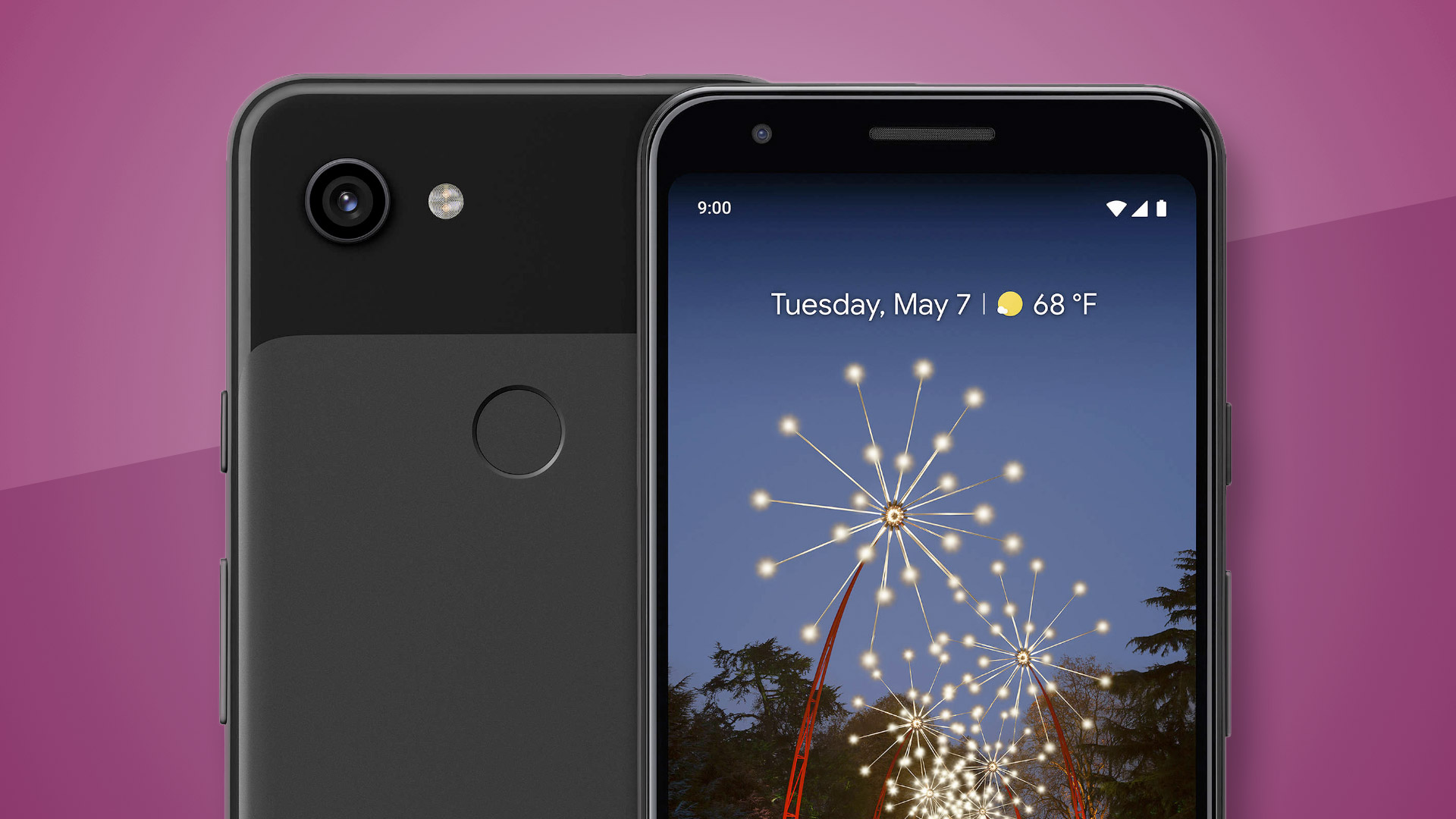
5. Google Pixel 3a
A cheaper choice with a headphone port
Release date: May 2019 | Weight: 147g | Dimensions: 151.3 x 70.1 x 8.2mm | OS: Android 10 | Screen size: 5.6-inch | Resolution: 1080 x 2220 | CPU: Snapdragon 670 | RAM: 4GB | Storage: 64GB | Battery: 3,000mAh | Rear camera: 12.2MP | Front camera: 8MP
In one crucial sense the Google Pixel 3a is a better phone for music than the more expensive Pixel 4. Why? It has a headphone jack, so you can use it with those great older pairs the tech giants want you to bin.
Its wired output does not have the sonic purity of the best around, but this is a relatively affordable mobile, so we’re not going to rule it out completely for not having quite as lively audio as the LG V50 ThinQ.
The Pixel 3a’s speakers are solid too. We compared them directly to the Pixel 4’s for this piece. The Pixel 4 has slightly better bass and mid-bass warmth, but they are not in completely different leagues.
We think of the Pixel 3a and Pixel 3a XL as satisfying all-rounders. They have clean software, solid design, good screens and just about the best cameras you’ll find at the price.
Read our full Google Pixel 3a review
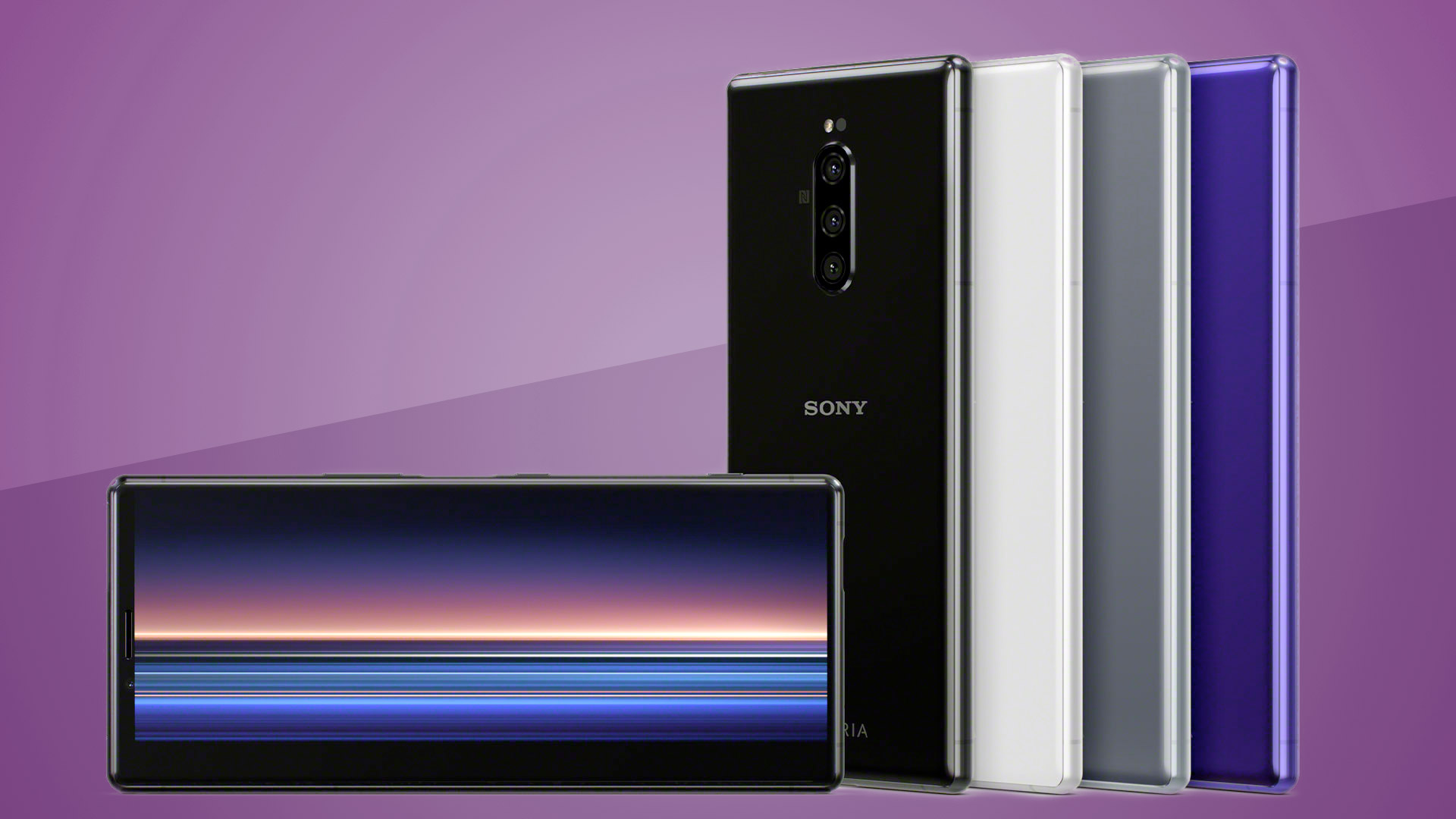
6. Sony Xperia 1
Impressive speakers with an unusual vibration
Release date: June 2019 | Weight: 178g | Dimensions: 167 x 72 x 8.2mm | OS: Android 9 | Screen size: 6.5-inch | Resolution: 1644 x 3840 | CPU: Snapdragon 855 | RAM: 6GB | Storage: 64/128GB | Battery: 3,330mAh | Rear camera: 12MP + 12MP + 12MP | Front camera: 8MP
What else should we include? As we get further away from the front-runners, there are many other phones we could have put in this position. Huawei, Honor and Oppo have all put some decent speakers into their mid-range phones, many of which are hard to get hold of in some countries. And let’s not even get into the Huawei/Honor US issue.
The Sony Xperia 1 is one safe place to land. This top-end Sony phone does not have a headphone jack, which disappointed many fans. However, it does have stereo speakers and an unusual feature called dynamic vibration.
This acts a bit like the rumble function in a game controller, making the phone vibrate in time with the beat. It is, you guessed it, a bit of a gimmick.
The speakers are solid, though. There’s one on the front and one on the bottom, for a stereo effect when the phone is in front of your face. However, unlike the best stereo pairs, the front speaker is mostly there for treble information. All mid and bass sound is provided by the bottom driver.
Read our full Sony Xperia 1 review
- Just want the best overall phone? Check out the best smartphones
from TechRadar - All the latest technology news https://ift.tt/2DkRdCT
via IFTTT








COMMENTS